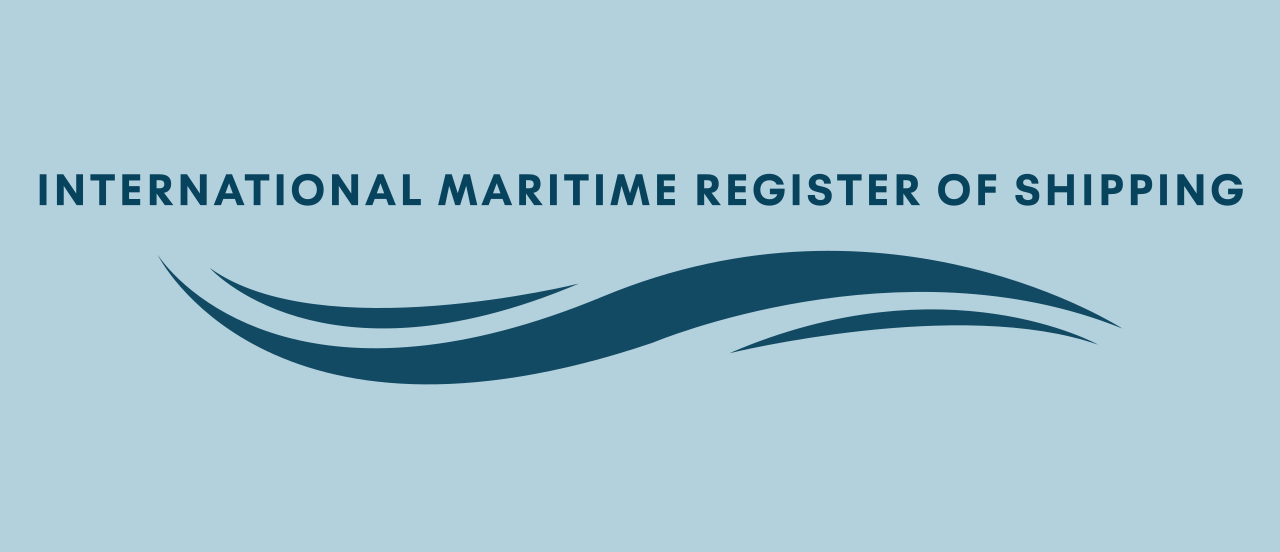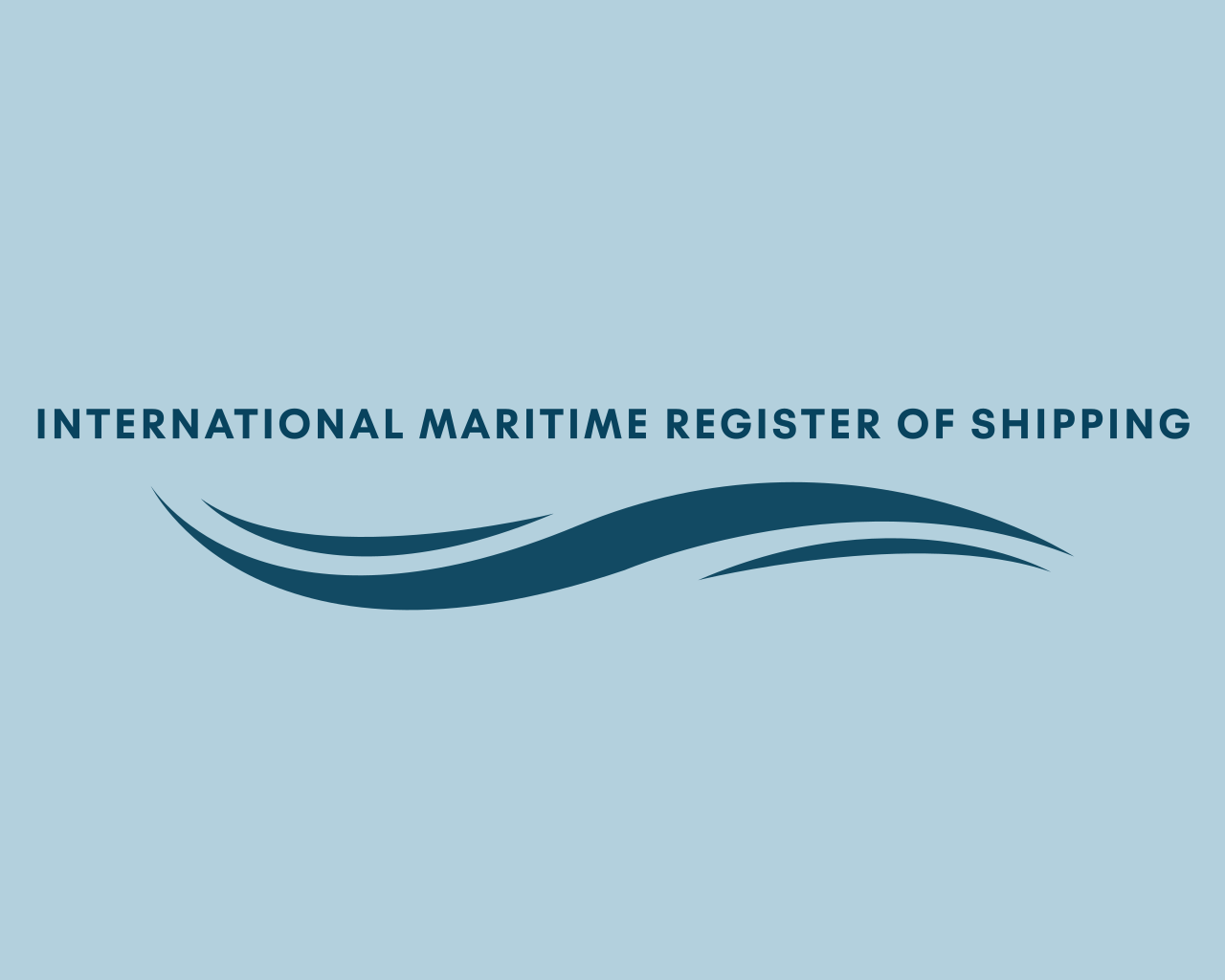INTERNATIONAL CONVENTION FOR THE CONTROL AND MANAGEMENT OF SHIPS' BALLAST WATER AND SEDIMENTS, 2004
Statutory
The International Convention for the Control and Management of Ships’ Ballast Water and Sediments, 2004, entered into force on September 8, 2017
Introduction: The International Convention for the Control and Management of Ships’ Ballast Water and Sediments, adopted in 2004, represents a significant milestone in global efforts to address the environmental risks associated with the transfer of ballast water by ships. Aimed at preventing the spread of invasive aquatic species and minimizing the ecological impact of ballast water discharge, this convention sets forth regulations to regulate ballast water management practices and promote the adoption of environmentally sound technologies. This essay explores the background, objectives, provisions, and significance of the Ballast Water Management Convention in safeguarding marine biodiversity and ecosystem health.
Background: The transfer of ballast water by ships has long been recognized as a primary vector for the introduction of invasive species into marine ecosystems. Ballast water, used to stabilize ships during voyages by adjusting their weight and balance, often contains a diverse array of aquatic organisms, including plankton, larvae, and bacteria. When discharged into new environments, these organisms can establish populations, outcompete native species, and disrupt ecological balance, leading to biodiversity loss and adverse impacts on ecosystem health. Recognizing the urgent need to address this environmental threat, the International Maritime Organization (IMO) initiated efforts to develop a global treaty to regulate ballast water management.
Objectives: The primary objective of the Ballast Water Management Convention is to prevent, minimize, and ultimately eliminate the transfer of harmful aquatic organisms and pathogens through ships’ ballast water and sediments. The convention aims to achieve this goal by:
- Establishing standards and procedures for the management and treatment of ballast water to remove or neutralize potentially invasive species.
- Mandating the installation of ballast water management systems (BWMS) on ships to ensure compliance with regulatory requirements.
- Promoting the development and adoption of environmentally sound technologies for ballast water treatment and management.
- Facilitating international cooperation and collaboration among governments, industry stakeholders, and scientific communities to enhance awareness, research, and capacity-building in the field of ballast water management.
Provisions: The Ballast Water Management Convention contains several key provisions aimed at achieving its objectives:
- Ballast Water Exchange Standard: Requires ships to conduct ballast water exchange (BWE) at least 200 nautical miles from the nearest land and in waters at least 200 meters deep, to reduce the concentration of aquatic organisms before discharge.
- Ballast Water Performance Standard: Sets limits on the number of viable organisms allowed in discharged ballast water and prescribes treatment methods to achieve compliance with the standard.
- Ballast Water Management Plan (BWMP): Mandates the development and implementation of ship-specific BWMPs outlining procedures for ballast water management, exchange, and treatment.
- Ballast Water Record Book: Requires ships to maintain records of ballast water operations, including exchange and treatment activities, to demonstrate compliance with convention requirements.
- Ballast Water Management System (BWMS) Type Approval: Establishes procedures for the type approval and certification of ballast water management systems to ensure their effectiveness and environmental safety.
Significance: The Ballast Water Management Convention holds immense significance for marine environmental protection and sustainable shipping practices. By regulating ballast water management practices and promoting the adoption of effective treatment technologies, the convention helps mitigate the spread of invasive species and protect marine biodiversity. Moreover, by fostering international cooperation and knowledge exchange, the convention facilitates the development and implementation of best practices for ballast water management worldwide.
Furthermore, the convention contributes to the implementation of broader environmental initiatives, such as the United Nations Sustainable Development Goals (SDGs) and the Aichi Biodiversity Targets. By addressing the transboundary nature of invasive species transfer and promoting ecosystem-based approaches to maritime management, the convention supports the conservation and sustainable use of marine resources for present and future generations.
Upon the entry into force of the International Convention for the Control and Management of Ships’ Ballast Water and Sediments in 2017, several documents and certificates became mandatory for ships to carry onboard to demonstrate compliance with the convention’s requirements. The key documents and certificates issued under the Ballast Water Management Convention include:
-
International Ballast Water Management Certificate (IBWMC):
- The IBWMC is issued to ships to verify compliance with the requirements of the Ballast Water Management Convention. It demonstrates that the vessel has implemented a ballast water management plan (BWMP) and is equipped with an approved ballast water management system (BWMS) or has adopted other approved methods for ballast water treatment.
-
Ballast Water Management Plan (BWMP):
- The BWMP is a ship-specific document that outlines procedures and measures for the management, exchange, and treatment of ballast water to prevent the transfer of harmful aquatic organisms and pathogens. It describes the ship’s ballast water management practices and provides guidance for crew members to follow during ballast operations.
-
Ballast Water Record Book:
- The Ballast Water Record Book is used to record all ballast water operations conducted onboard the ship, including ballast water exchange, treatment, and discharge. It serves as a logbook to document compliance with the Ballast Water Management Convention’s requirements and may be inspected by port state control authorities.
-
International Ballast Water Management Certificate Supplement:
- The Certificate Supplement is issued in addition to the IBWMC and provides additional information about the ship’s ballast water management practices, including details of the BWMP, BWMS type approval, and any exemptions or limitations related to ballast water management.
-
Ballast Water Management System Type Approval Certificate:
- For ships equipped with ballast water management systems, the Type Approval Certificate verifies that the system installed onboard has been tested and approved in accordance with the standards and guidelines established by the Ballast Water Management Convention and the International Maritime Organization (IMO).
-
Ballast Water Management System Installation Certificate:
- This certificate is issued to verify the proper installation and commissioning of the ballast water management system onboard the ship. It confirms that the installation meets the manufacturer’s specifications and complies with regulatory requirements.
These documents are essential for ships to demonstrate compliance with the Ballast Water Management Convention and to ensure the effective management of ballast water to prevent the spread of invasive species and protect marine ecosystems. Failure to possess valid certificates or comply with convention requirements may result in penalties, fines, or detention of the ship. Therefore, maintaining accurate records and adhering to certification requirements is crucial for ships to operate legally and responsibly

